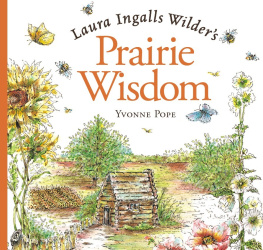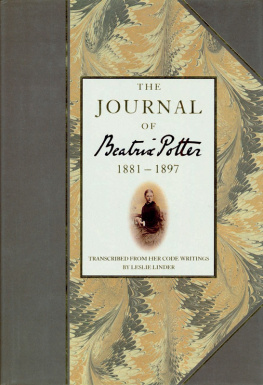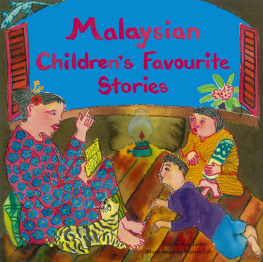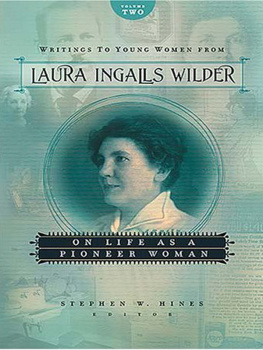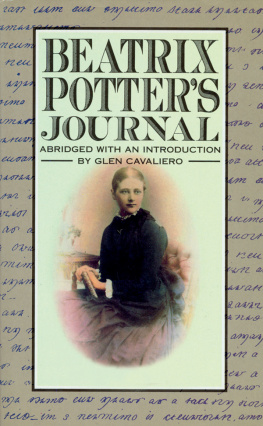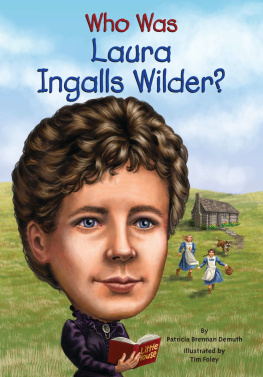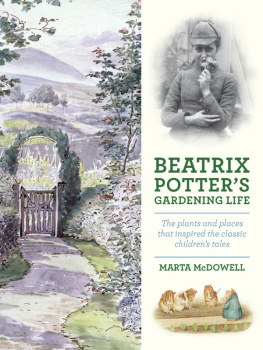

Published in 2014 by Britannica Educational Publishing (a trademark of Encyclopdia Britannica, Inc.) in association with The Rosen Publishing Group, Inc.
29 East 21st Street, New York, NY 10010
Copyright 2014 The Rosen Publishing Group, Inc. and Encyclopdia Britannica, Inc. Encyclopaedia Britannica, Britannica, and the Thistle logo are registered trademarks of Encyclopdia Britannica, Inc. All rights reserved.
Distributed exclusively by Rosen Publishing.
To see additional Britannica Educational Publishing titles, go to rosenpublishing.com
First Edition
Britannica Educational Publishing
J.E. Luebering: Director, Core Reference Group
Anthony L. Green: Editor, Comptons by Britannica
Rosen Publishing
Hope Lourie Killcoyne: Executive Editor
Jeanne Nagle: Senior Editor
Nelson S: Art Director
Brian Garvey: Designer, Cover Design
Cindy Reiman: Photography Manager
Introduction by Laura Loria
Cataloging-in-Publication Data
Great authors of childrens books/[editor] Jeanne Nagle.First Edition.
pages cm.(Essential Authors for Children & Teens)
Includes bibliographical references and index.
ISBN 978-1-62275-097-9 (eBook)
1. Childrens literatureAuthorshipJuvenile literature. 2. AuthorsBiographyJuvenile literature. 3. Young adult literatureAuthorshipJuvenile literature. 4. ChildrenBooks and readingJuvenile literature. I. Nagle, Jeanne, editor of compilation.
PN497.G74 2014
809'.89282dc23
[B]
2013026994
On the cover: Featured (left to right) are childrens book authors Maurice Sendak, Judy Blume, and Ted Geisel, a.k.a. Dr. Seuss.
Cover, p. 3 aboikis/Shutterstock.com, cover, p.3 (inset, l to r) Theo Wargo/WireImage/Getty Images, Brad Camembert/Shutterstock.com, John Bryson/Time & Life Pictures/Getty Images; interior pages (books) iStockphoto.com/AnthiaCumming, (colors) iStockphoto.com/Phaucet
Contents
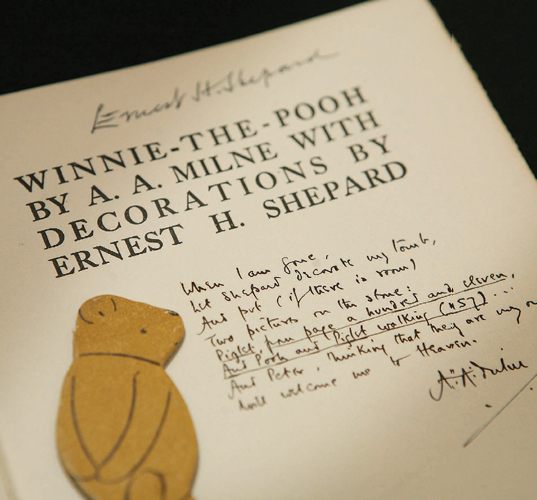
The title page to a first edition of Winnie-the-Pooh, with a signed note from the author, A.A. Milne. Peter Macdiarmid/Getty Images
T he books that one reads at a young age leave an impression that lasts far beyond the final page. Childrens books become part of a person, shaping his or her worldview well into adulthood. This book provides insight into the minds and lives of the people who have created some of the most influential and beloved childrens books of all time.
Childrens literature is a genre that encompasses a wide range of texts, from picture books to young-adult novels. For the youngest children, who are more often read to than read themselves, slim volumes with limited text and rich illustrations often become worn and frayed over repeated readings because they are so loved. Maurice Sendak, author of Where the Wild Things Are and many more stories, portrayed realistic, even naughty children in fantastical, slightly dark scenarios from which they return safely home in the end. Theodor Geisel, better known as Dr. Seuss, managed to turn an assignment to write a childrens primer, meaning a basic story for beginning readers, into the classic The Cat in the Hat.
Grade schoolers move on to chapter books as their reading ability improves. Authors of chapter books at this level have the challenge of creating an engaging story while remaining conscious of their young readers limited vocabulary and reference points. Beverly Cleary, a former childrens librarian, created characters such as Ramona and Henry Huggins that appealed to children because of their ordinariness, as well as their tendency to get into humorous predicaments. Other authors take ordinary characters on extraordinary adventures. British author Roald Dahls Charlie and the Chocolate Factory and James and the Giant Peach were likely inspired by both his own childhood and his world travels as an adult. Stories about historical events or eras are also popular with the elementary set. Christopher Paul Curtiss Bud, Not Buddy and The Watsons Go to Birmingham1963 allow children to experience history through the eyes of a peer.
Middle schoolers and teens are a challenging audience. Authors who write for this age group must hold the readers interest while not talking down to them. Judy Blume was a master at this. She revolutionized childrens literature when she wrote about puberty, racism, and divorce in her novels, which include Are You There God? Its Me, Margaret and Iggies House. Adventurous readers enjoy the survivalist tales of Gary Paulsen, author of Hatchet and Dogsong. His life experiences as an Iditarod racer lend an authenticity to his stories.
The biographies in this book reveal how many childrens book authors have had experiences similar to those faced by their characters. The biographies also give readers a glimpse of how these folks came to be the authors of books that capture the imaginations of young readers and stir the hearts of those who have grown up but never outgrown certain texts.
(b. 1920 )
E nglish author Richard Adams was known for redefining anthropomorphic fiction, which gives human characteristics to animal characters. His most notable book was Watership Down (1972; film 1978), a novel that tells the story of a group of wild European rabbits seeking a new home after their warren is threatened by a housing development.
Richard George Adams was born on May 9, 1920, in Wash Common, Berkshire (now West Berkshire), Eng. Raised in a rural community outside Newbury, Berkshire, Adams led an isolated childhood mostly occupied by exploring his bucolic surroundings. He did not begin writing until 1966. While on a car trip with his daughters, he began telling them a story about a warren of rabbits; the girls urged him to put the story to paper. Adams penned the tale over the next two years, consulting a natural history study on rabbits to ensure that his main characters were depicted accurately. Unlike much anthropomorphic literature, the animal characters in Watership Down, though able to talk, behave as they would in the wild.
Adams took a different approach to anthropomorphism with Traveller (1988), told from the perspective of Robert E. Lees horse. He returned to his first books familiar characters in 1996 with Tales from Watership Down, and his autobiography, The Day Gone By, was published in 1990. More recently, Adams wrote the novels Daniel (2006) and Gentle Footprints (2010).
Adams was president of the Royal Society for the Prevention of Cruelty to Animals (198082). He was inducted into the Royal Society of Literature in 1975.
(d. 564? BCE )
W hat little is known of Aesop, the legendary Greek teller of fables, is recounted by such ancient Greek authors as Herodotus, Aristotle, Aristophanes, and Plutarch. Even from the mentions of him in this literature it is difficult to separate fact from fiction and to get a true picture of his life.
It seems generally agreed that Aesop was a native of Thrace, lived during the first half of the 6th century BCE , and spent part of his life as a slave on the island of Samos. The story in Plutarchs









